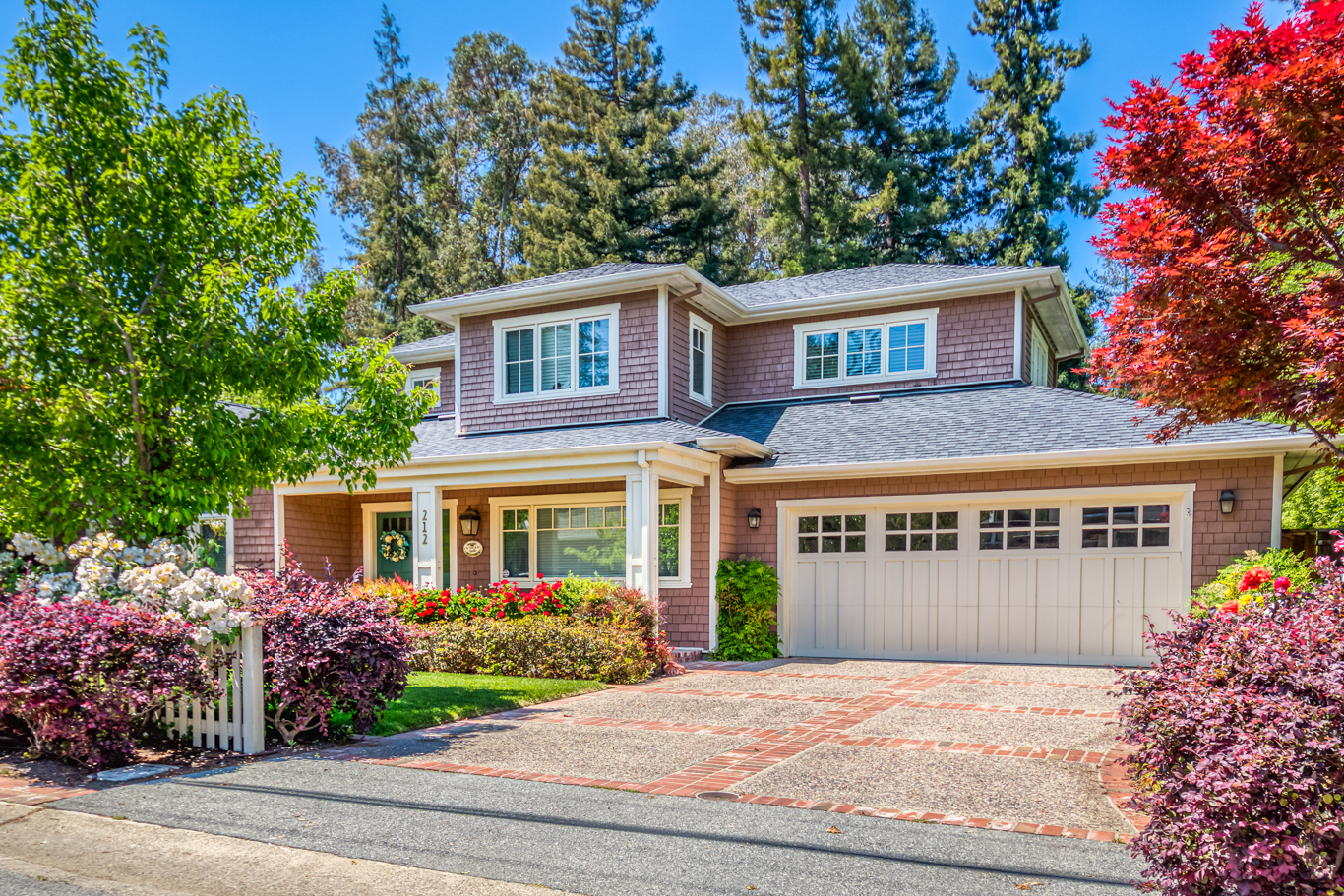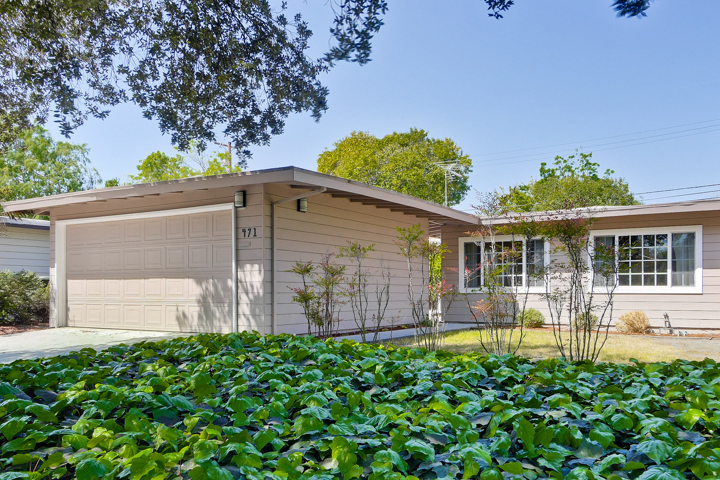Distance, they say, makes the heart grow fonder. That may have never been more true than now. Perhaps the brightest silver lining of this pandemic has been a renewed appreciation for family.
During this lockdown, as we are unable to visit, embrace, and care for loved ones—especially elders—many families are feeling an acute sense of separation and loss, making them question their permanent living arrangements.
An Emerging Trend
Multigenerational housing is bound for a steep rise. By 2016, a record 64 million people (20% of the US population) lived with multiple generations under one roof, according to a new Pew Research Center analysis of census data. Growing racial and ethnic diversity in the US population helps explain some of the rise.
Overall, Asian and Hispanic populations are growing more rapidly than Caucasians, and those groups are more likely than Caucasians to live in multigenerational family households. Another growth factor is that foreign-born Americans are more likely than those born in the US to live together. For example, among Asians living in the US in 2016, 29% lived in multigenerational family households according to census data.
In Asian and Hispanic cultures that are characterized by strong familial ties, caring for parents as they age is not only considered a duty but a privilege and great joy. In fact, most would not have it otherwise. Fulfilling this aspiration is becoming easier thanks to the increasing popularity of auxiliary dwelling units, or ADUs.
A Flexible Option
ADUs—also referred to as accessory apartments, second units, or granny flats—are additional living quarters on single-family lots, independent of the primary dwelling unit. Oftentimes, separate living spaces are equipped with kitchen and bathroom facilities, and can be either attached or detached from the main residence.
Having mom or dad just a few steps out the back door provides convenience and alleviates anxiety—something that will become increasingly important should COVID-19 lockdowns and quarantine periods drag on longer than hoped. ADUs allow elderly individuals to maintain their independence and offer families the privilege to care for them, all while saving money otherwise spent on nursing home care. This expense now averages $86,000 per year for families across California, and a staggering $125,000 per year for San Francisco families.
Adapting To The Times
Purchasing a home with an auxiliary dwelling unit is not only a creative solution to tighten the bonds of family and care for elders at a more moderate cost, but it also boosts resale value due to its income-generating potential from renting it out. According to Remodeling Magazine, real estate professionals in high-tech areas of the West Coast (Silicon Valley, San Francisco, North Bay, Santa Rosa, etc.) report that most of the homes sold in recent years that included a recently constructed ADU more than recouped the ADU project cost in the resale—and in most cases, earned well beyond the original cost.
The 2020 pandemic is fundamentally changing our values and priorities. It may also profoundly change the way we choose to live, bringing families closer together again. Potential homebuyers should take a long-term view into the future and consider ADUs as part of their criteria for both their subjective value and the many financial benefits they offer.
Can We Help?
As a leading expert in ADUs, Julie and her team stand ready to help you reap the rewards of the growing trend in multigenerational housing. Please contact Julie at 650.799.8888 or Julie@JulieTsaiLaw.com to schedule a free consultation.







